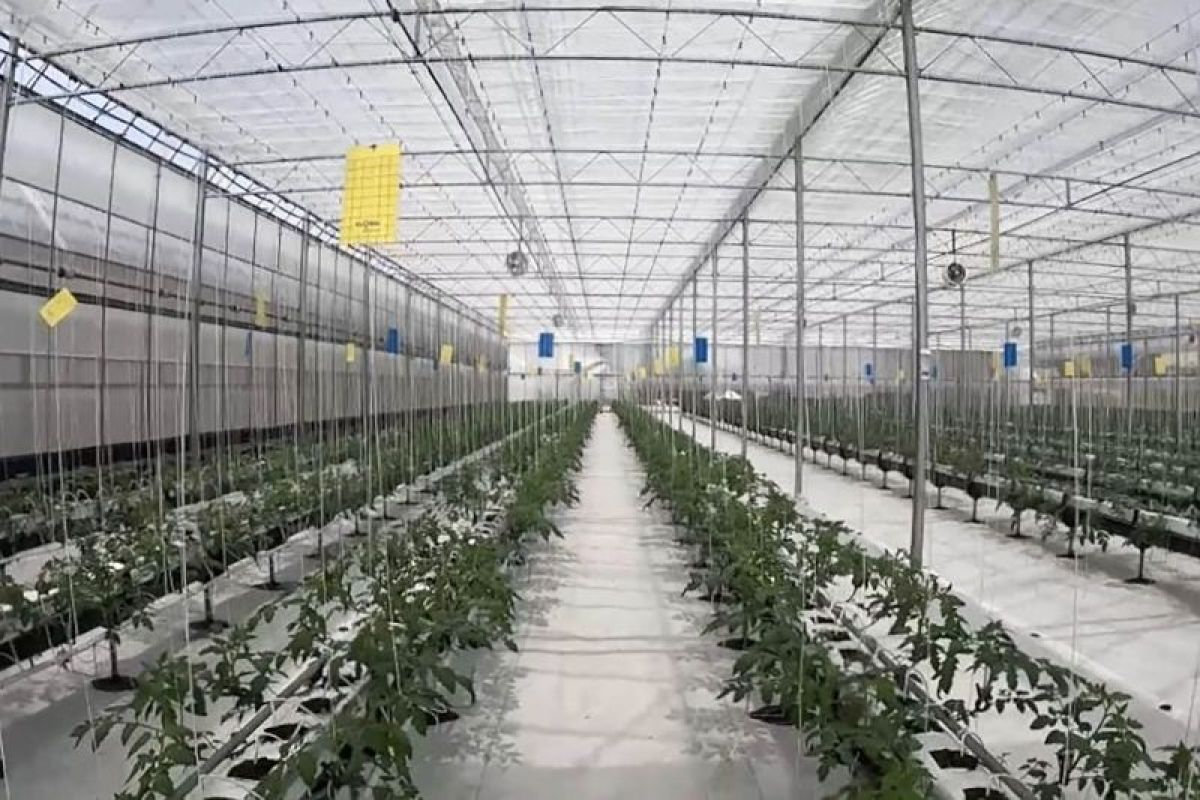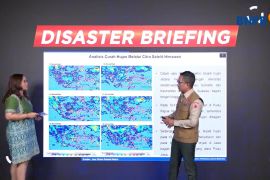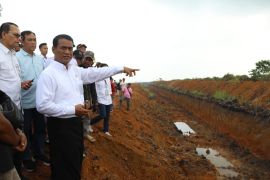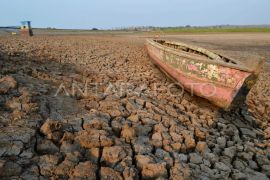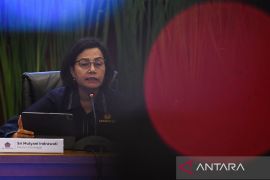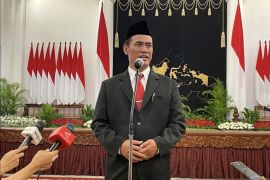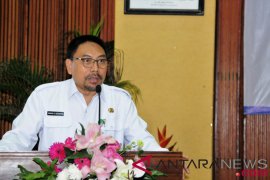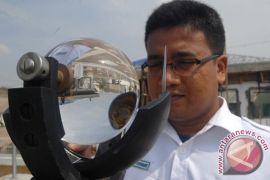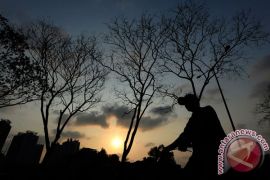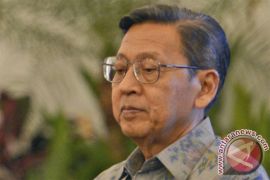This condition will increase cloud growth in the central Pacific Ocean, thereby leading to reduced rainfall in Indonesia.
Indonesia is facing El Niño again in 2023, after earlier experiencing La Niña.
La Niña is the opposite of El Niño wherein rainfall in Indonesia occurs with high intensity that triggers disasters, such as floods and landslides.
Meanwhile, reduced rainfall in Indonesia will have a considerable impact, such as plummeting food crop production. Water scarcity will disrupt agricultural activities that will result in food needs going unfulfilled.
El Niño is closely related to the country's agricultural sector. Food crop production requires water availability that is the key to running the agricultural sector.
Apart from dependence on rainwater for irrigating rice fields, there are other ways, such as optimizing dams and irrigation canals.
However, rainwater is also needed in order to be collected in dams. For instance, the surface water level (TMA) of Katulampa Dam in East Bogor Sub-district, Bogor City, remains at zero centimeters since early June.
The low TMA at Katulampa Dam and the low water discharge of Ciliwung River had been triggered by the absence of high-intensity rains in the upstream area that is located in Puncak, Bogor District, West Java.
This condition could indicate the dry season that has been forecast by the Meteorology, Climatology, and Geophysics Agency (BMKG).
The BMKG projects low or very low rainfall in the dry season this year.
President Joko Widodo (Jokowi) has also drawn focus to the challenges arising from El Niño this year.
He has instructed the Agriculture Ministry to ensure food security and availability amid El Niño.
During a recent working visit to Malang, East Java, President Jokowi reminded local governments to increase the number of cheap market operations that sell essential commodities at affordable prices in anticipation of the El Niño impact.
The El Niño phenomenon may occur again in the upcoming years. However, sustainable food production is also challenged by weather disturbances due to climate change.
Smart farming
The Ministry of Agriculture, tasked with ensuring food supply for the public, has taken several measures to anticipate the El Niño phenomenon.
For instance, the Ministry's Agency of Agricultural Extension and Human Resources Development (IAAEHRD) has coordinated with local governments to ensure the sustainability of food crop production.
The ministry also optimizes small reservoirs, lakes, dams, and river waterways for irrigation and water channels for agricultural lands.
The government also distributes seedlings of superior food crop varieties that have resistance to water shortage.
It is expected that these food commodities can be harvested before the extreme dry season occurs.
Meanwhile, in the long-term anticipatory efforts against El Niño, the ministry cooperates with South Korea to implement the concept of smart agriculture.
Indonesia established cooperation with the South Korean Ministry of Agriculture, Food, and Rural Affairs (MAFRA) in smart agriculture for the 2021-2025 period.
The cooperation is carried out through the Korean Agency of Education Promotion and Information Service (EPIS) in Food, Agriculture, Forestry, and Fisheries.
The collaboration aims to increase young farmers' interest to view agriculture as a business opportunity and improve their capacity in using the K-Smart farming technology.
The cooperation to adopt K-Smart is considered a step to support food security in the country, as the technology uses renewable energy sources.
Smart agriculture technology includes optimizing the agricultural sector by controlling the microclimate in smart greenhouses.
Controlling the microclimate inside greenhouses can improve the photosynthesis processes of plants, thereby maximizing food production.
In smart agriculture, the irrigation process is carried out efficiently by providing water and nutrients to crop plants through the rhizosphere or soil around the roots.
Watering follows the needs of plants, so that no water wastage occurs.
Controlling microclimate in the greenhouse means controlling the temperature, humidity, and light intensity.
This technology has been applied at the Ketindan Agricultural Training Center (BBPP) in Malang District, East Java.
At the Ketindan BBPP, there are 11 units of smart greenhouses, with a total area of 4,400 sq. meters and one thousand sq. meters of open smart land.
The greenhouses there use advanced technology, such as automatic and manual microclimate sensor systems and nutrient management devices.
For now, only some commodities, such as strawberries, tomatoes, oranges, and peppers, are planted at the Ketindan greenhouses. The same concept is expected to be applied to food crop agriculture.
The Agriculture Ministry's IAAEHRD Head, Dedi Nursyamsi, stated that the smart agriculture technology and concept will be adopted in Indonesia, as it helps in responding to the challenges of the El Niño phenomenon.
It may require a long process, but it can resolve the challenges of realizing sustainable food security.
Of course, the application of smart agriculture in the country cannot be instantaneous. There must be training and education for young farmers.
El Niño is inevitable, but people's food needs must be met with sustainable strategies for a better future of quality food products.
Related news: El Nino: Indonesia prepares US$533 mln to anticipate food shortages
Related news: Minister Limpo joins planting, harvesting activity in C Java
Related news: Prepare for strengthening El Nino impact, BMKG head warns
Translator: Vicki F, Kenzu
Editor: Azis Kurmala
Copyright © ANTARA 2023
